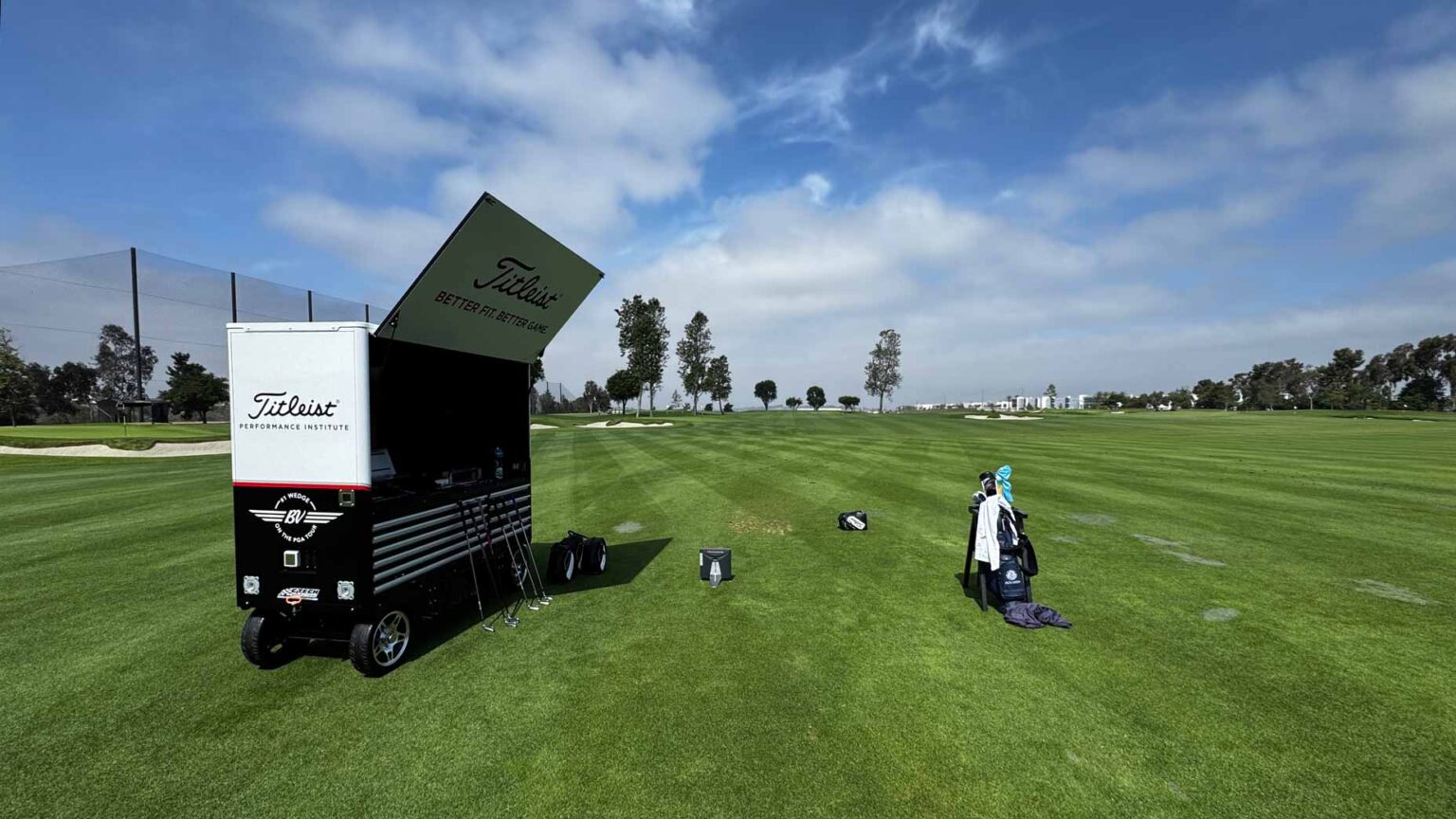Last week, I had the pleasure of getting fit at the Titleist Performance Institute in Oceanside, California. I had heard a ton about it from other friends in the industry, and to be honest, I thought everyone was glazing the place a bit much.
So I was going in just expecting a really nice play to go hit some golf balls. And boy, was I wrong.
That place is phenomenal. It’s run like a high-end private country club, it’s got the same amount of space as the other OEMs in the area combined, and the versatility of the compound is truly unmatched. Everything about the experience was awesome, from my eight-minute video-led warm-up to my nearly four-hour fitting with Lucas Bro.
But one thing stood out to me when I woke up the next day: I had no ideas what my numbers were. Essentially, we didn’t drastically change any numbers from what I walked in with; we just got my ball flight in a more efficient and effective position.
On Fully Equipped Ep. 302 with Bryan LaRoche, I chatted about my experience at TPI and mentioned to co-host Johnny Wunder and Bryan that I think the entire time I looked at my Trackman data maybe twice. And it took a day of thinking about it, and then backtracking through the fitting experience in my head to realize that the fitting was all about me. Lucas asked me on every swing how it felt. What did I see that I liked? What did I see that I hated? How’d it feel here? How’d it feel there?
The fitting was about me, not about my numbers.
I’ve had some really great fittings in the past at several different locations: retail fitters, boutique fitters and almost every major OEM. And I would say that every one has always been a nice split of about 50/50 data to personal choice and feels. I am a good enough player to know when I like something or don’t, and those have always been open conversations with fitters. I never thought anything was wrong about any of those experiences.
Why MY fitting went this way
With Lucas however, things just felt different. There were options that I looked at and didn’t like that he pulled from my hands immediately. There were options that were “hit it for him” that I swung with curiosity while he looked at the data. My job was to focus on putting a good swing on the ball and giving him feedback about my game, my visuals and my feels. I asked Lucas why my fitting was run the way it was, with heavy focus on my feedback and the visual we saw rather than the data. Here’s what he said:
“I wasn’t as curious about your feedback as much as I was trying to get you to vocalize things to prove a point. Sometimes players will want certain things, and you ask them rhetorical questions and it may contradict what they want. This exposes what they need and you get there together.”
We talked a lot about my recent struggles on course with iron play, the love that I have for my current driver, as well as lots of time spent on how the bag works as a collaboration of tools that can overlap in responsibility — not individual silos that limit my game from getting better. And this was all before he absolutely blew my mind talking about wedges. (But that’s a story for another day.)
“You also know a lot about clubs and the data so I was trying to keep you as blind as I could and focused on ball flight,” he added. “What’s the ball doing in the air and what does it need to do better?”
Your fitting should be catered to your needs
At the end of the four-hour stretch, I walked out of that fitting feeling like I had been given all the tools to succeed without having to stress over numbers or nit-picky data points. Sometimes getting a fitting isn’t about changing numbers. It’s about changing opportunities, learning more about your game and putting tools in your hands that get to those numbers in a more efficient and effective way.
I’ll have an update on what we put in the bag once I receive the clubs! Stay tuned…
Find a club-fitting location near you at True Spec Golf.
Read the full article here


